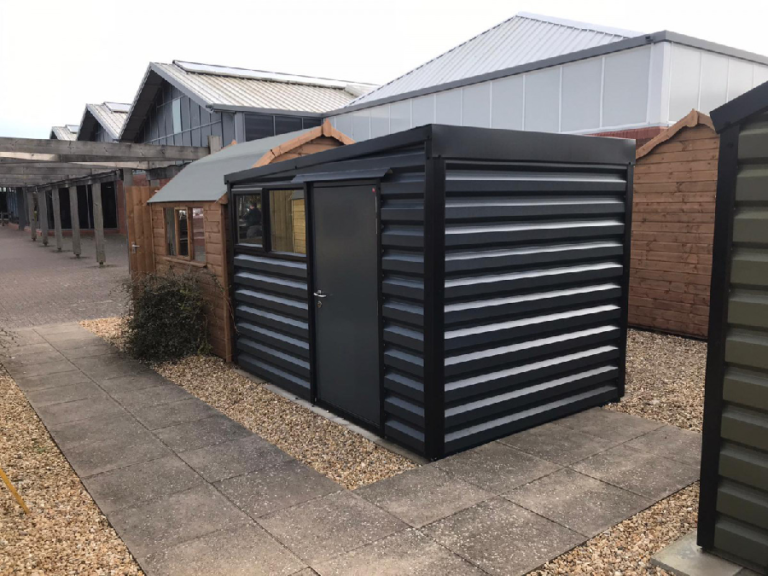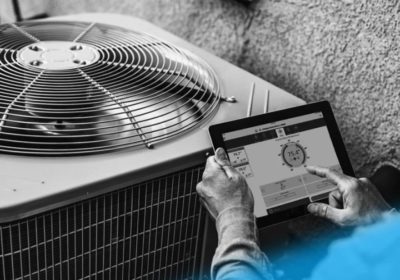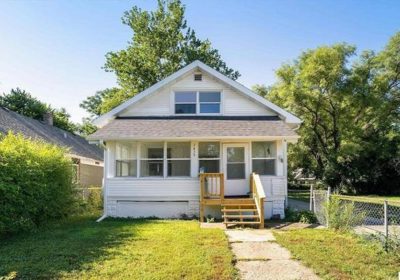
Insulation Batts: Everything You Must Know
Your house must be suitably insulated to maintain comfort and save energy costs. However, it may be difficult to precisely determine what kind of insulation to buy and where to install it. Read this comprehensive guide to insulation batts for more information.
What Are Insulation Batts?
Insulation batts and ceiling insulation are substances that trap heat inside a structure when it is cold outside and minimise the amount of heat entering the home or building when it is warm outside.
An R-value measures the efficacy of insulation. Insulation is more resistant to heat and cold flow and performs better with a higher R-value.
The Benefit of Insulation Batts
Home builders have historically used batt insulation. This form of insulation has been shown to be one of the most handy solutions for your house, garage, and basement. Here are some of the benefits of utilising insulation batts:
Reduce Your Energy Costs
Your home’s insulation may drastically reduce your energy costs. Houses with inadequate insulation may leak both hot and cold air throughout the winter. Because of the leakage, you must operate your heating and cooling systems for longer to maintain a comfortable temperature in your home.
Environment Protection
12.7 percent of all greenhouse emissions in residential buildings come from residences. The environment would be protected if more houses had better insulation and used fewer fossil fuels for heating and cooling.
Health Advantages and Enhanced Comfort
A house with good insulation maintains a stable temperature that is more pleasant than frequent changes. Additionally, high-quality insulation lowers interior moisture levels. Asthma, allergic responses, and skin rashes are just a few of the health effects of excessive moisture, which causes dampness.
Where Should You Put Insulation?
What you need to know about insulation batts is which areas of your house should be insulated first.
The Loft
Since temperatures rise, the loft must be properly insulated, or heat will escape throughout the building. If you do so, your energy expenses will rise. You will have to heat the space more to maintain it at a comfortable temperature.
Outside Walls
You must ensure that your outside walls are appropriately insulated in addition to the loft. A barrier like a blanket will be created between you and the outside world by insulated outer walls, decreasing airflow and preserving cosy inside temperatures.
Interior Walls
By minimising air flow between rooms, inside wall insulation helps reduce your energy costs. You can only heat and cool the rooms you often use with the aid of adequate inside wall insulation.
Floors
A suitable house temperature may be maintained by installing insulation to the flooring, particularly over unheated spaces like basements. It will prevent warm or cooled air from escaping. Additionally, particularly in multi-level houses, insulated flooring may assist minimise noise.
The Basement
By correctly insulating, unfinished basements may assist keep hot and cool air inside your house. If your basement is completed, protecting it may make it a usable living area, giving your home more room.
Crawl Spaces
A home’s tiny area between the ground and ground floor is called a crawl space. Keeping hot and cool air within a home is possible by insulating a crawl space. Additionally, because crawl spaces often include pipes, protecting them helps prevent pipes from freezing in the winter.
Water Pipes
Insulating your home’s pipes can minimise energy costs by preventing heat loss and pipe freezing in the winter.
What are the Different Insulation Batt Materials?
One thing you should know about insulation is the different kinds of materials that can be used.
Fibreglass
Fine glass fibres are used to create fibreglass insulation. This insulation is practical in places with high humidity levels since it is affordable, simple to apply, and moisture resistant. However, you should always wear protective equipment while handling it since it is a lung and skin irritant.
Cellulose
The recycled paper products that makeup cellulose insulation have undergone additive treatment to make them more resistant to fire and rat damage. Consequently, cellulose insulation is the kind of insulation that is least harmful to the environment. However, it is more expensive than fibreglass insulation. Additionally, since it may absorb moisture more quickly, it sometimes grows mould and rot.
Foam
Typically, plastics like polystyrene or polyurethane are used to create foam insulation. This kind of insulation is formed into foam boards or sprayed into place. It can seal any problem areas and stop air leakage since it is spread into place. It costs more than fibreglass insulation.
Wool Mineral
Humans create mineral wool insulation from fibres found in natural stone. The fibres are extracted from volcanic rock and heated at around 1,600 °C before being spun into wool and bound. Natural moisture resistance and mould resistance are characteristics of mineral wool insulation. Additionally, mineral wool is fire-resistant since it is non-combustible, does not transfer heat, and can withstand temperatures beyond 1,000 °C.
Denim Insulation
Cotton from recycled pants and denim is used to make denim insulation. You may apply this kind of insulation without wearing protective clothes since it is non-irritating and non-toxic. It is also an ecologically beneficial choice since it uses recycled materials. Yet, it often costs more than alternative materials like fibreglass.
One way to accomplish this eco-friendly task is to increase the insulation of your house. Regarding insulation, there is a lot to learn. Although the idea is simple, choosing the proper insulation for your home is challenging. When it comes to insulation batts, there are several things to consider.


















